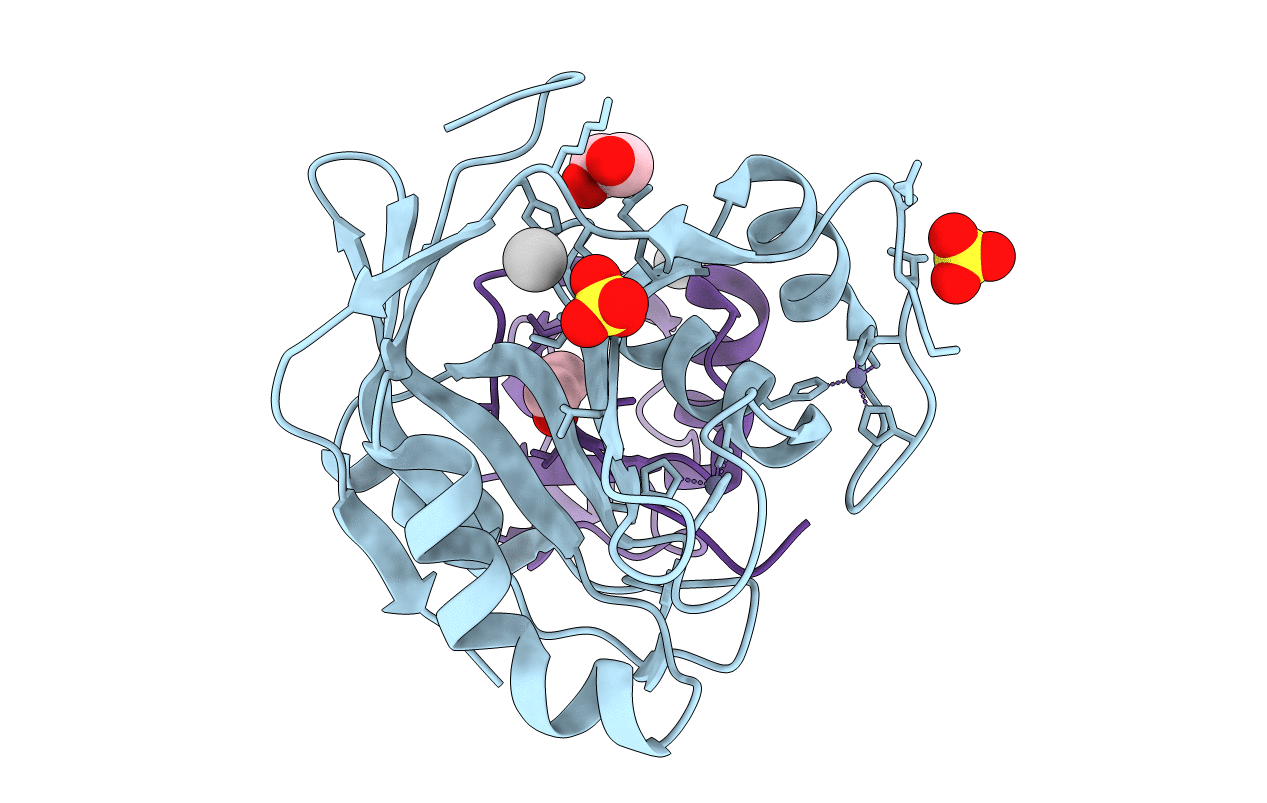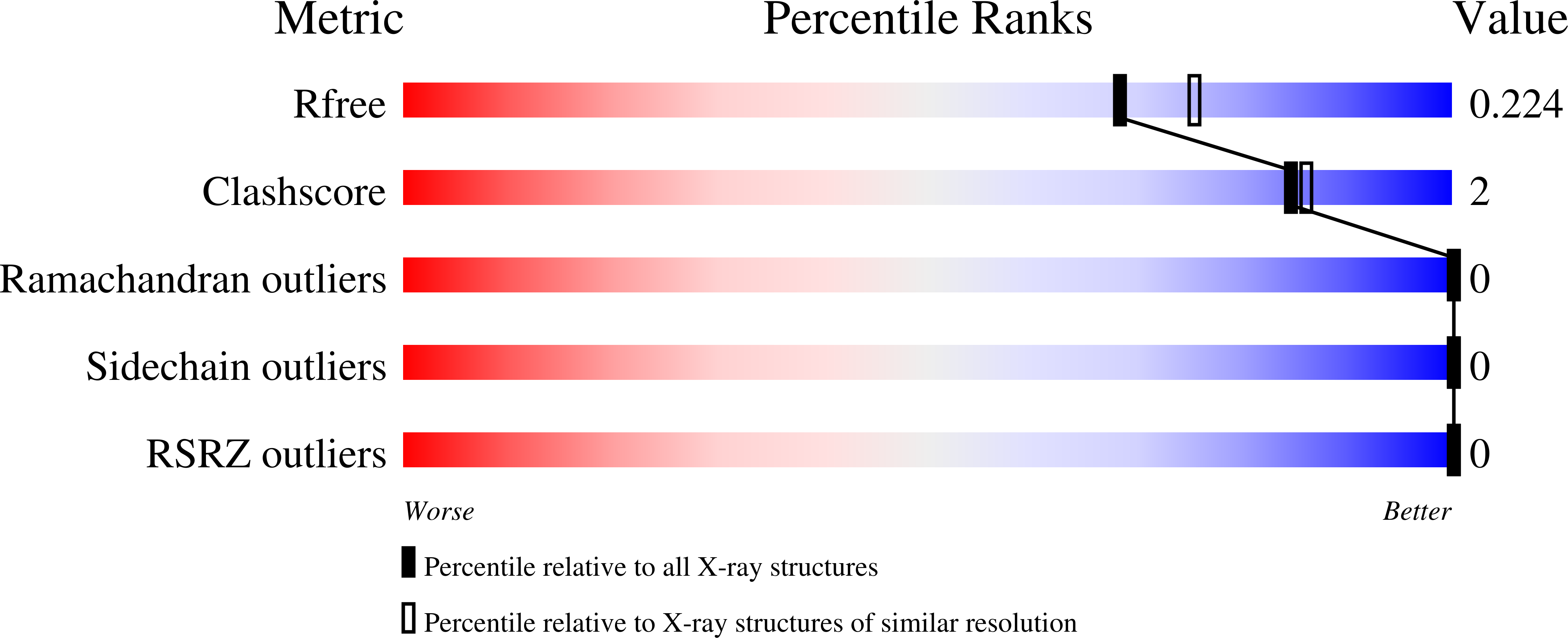
Deposition Date
2021-01-02
Release Date
2021-08-25
Last Version Date
2023-10-18
Entry Detail
PDB ID:
7L97
Keywords:
Title:
Crystal structure of STAMBPL1 in complex with an engineered binder
Biological Source:
Source Organism:
Homo sapiens (Taxon ID: 9606)
Host Organism:
Method Details:
Experimental Method:
Resolution:
2.01 Å
R-Value Free:
0.21
R-Value Work:
0.18
R-Value Observed:
0.18
Space Group:
C 1 2 1


